Chemical Engineering
A date for greener membranes
Membranes made from date seed biomass could provide a greener and more cost-effective alternative for industrial separation.
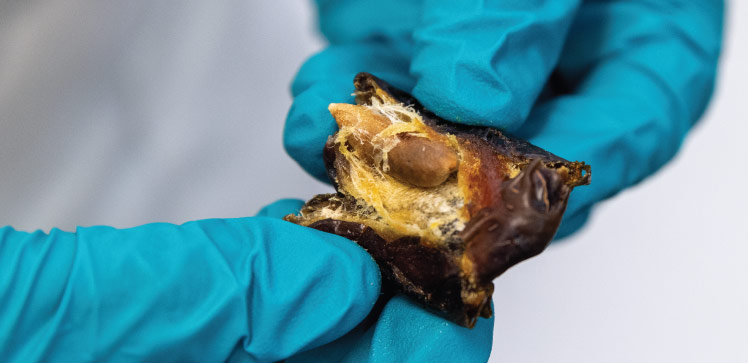
KAUST scientists have developed adjustable, efficient, stable and biodegradable nanofiltration membranes from date seeds. © 2022 KAUST. /en/article/1213/a-date-for-greener-membranes
KAUST scientists have developed adjustable, efficient, stable and biodegradable nanofiltration membranes from date seeds. © 2022 KAUST. /en/article/1213/a-date-for-greener-membranes
Industrial processes often separate compounds from each other and out of solution using energy-intensive thermal separation, which involves multiple evaporation and condensation cycles. More recently, energy-efficient nanofiltration membranes have emerged as a sustainable alternative. But even these have their downside: fossil-based polymers and toxic chemicals are needed to make them.
Now, a team led by KAUST’s Gyorgy Szekely has developed adjustable, efficient, stable and biodegradable nanofiltration membranes from date seeds using an environmentally friendly process.
“Date seeds are abundantly available and renewable, with approximately 90 percent of the world’s cultivated date palm trees grown in the Middle East and North Africa,” says Szekely. “This makes the commercial use of our date seed membrane promising.”
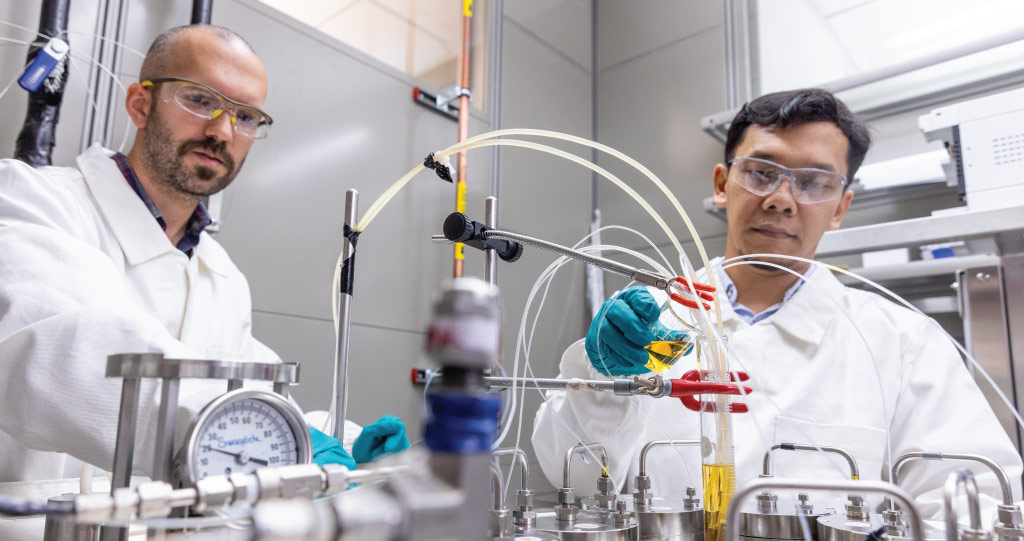
Gyorgy Szekely (left) and Rifan Hardian are developing a pilot project to test the scaling-up of the process and the consistency and reproducibility of the membrane’s performance.
© 2022 KAUST.
Szekely and his team fabricated the membranes by grinding and sieving date seeds into a fine powder. Organic lignocellulosic components were extracted from the powder and dissolved using a mixture of two sustainable solvents: ionic liquid 1-butyl-3-methylimidazolium acetate and dimethyl sulfoxide (DMSO). The dissolved date seed biomass was cast into a liquid film and treated with mussel-inspired polydopamine to reduce the size of the membrane’s pores. The researchers then tailored the membrane’s separation performance by changing the number and coating time of polydopamine layers.
Examinations of the membranes using advanced microscopic and spectroscopic techniques were followed by oil and solvent filtration experiments to test their molecular sieving performance. They demonstrated excellent performance for organic solvent nanofiltration, used in the pharmaceutical industry for example, and in oil-in-water separation, used by the petroleum, metalworking and food industries. They were also stable when used continuously for a week and biodegradable using a common enzyme.
“This work overcomes several major issues in the fabrication of nanofiltration membranes,” says postdoc Rifan Hardian.
The team plans to conduct further research to optimize the fabrication process and membrane parameters. A pilot project will test the scaling-up of the process and the consistency and reproducibility of the membrane’s performance.
“Several stages are still needed before the membrane can be commercialized,” says Hardian. “This will involve developing a strategy for date seed mass collection from producers and upscaling membrane fabrication.”
References
- Alammar, A., Hardian, R. & Szekely, G. Upcycling agricultural waste into membranes: from date seed biomass to oil and solvent-resistant nanofiltration. Green Chemistry 24, 365-374 (2022).| article
You might also like
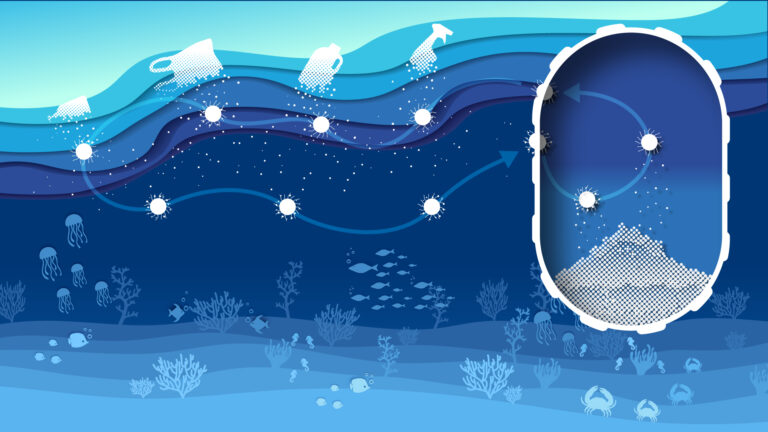
Chemical Engineering
Magnetic nanoparticles capture microplastics from water
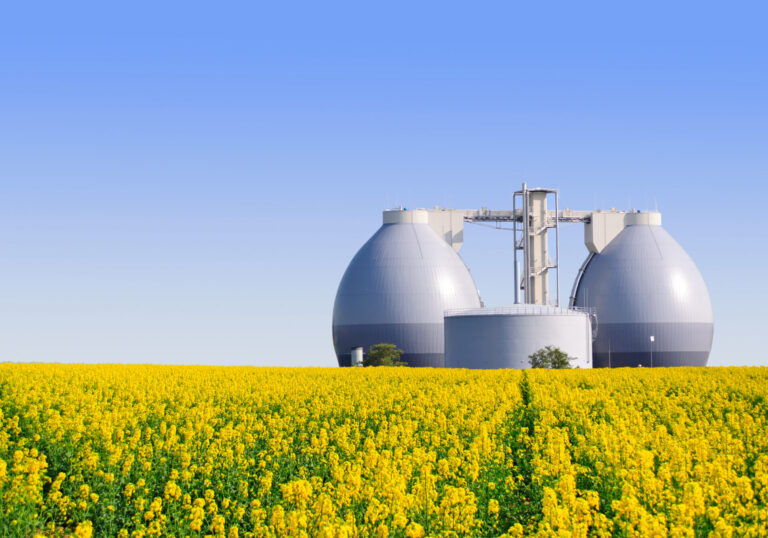
Chemical Engineering
Biogas upgrading goes with a swing
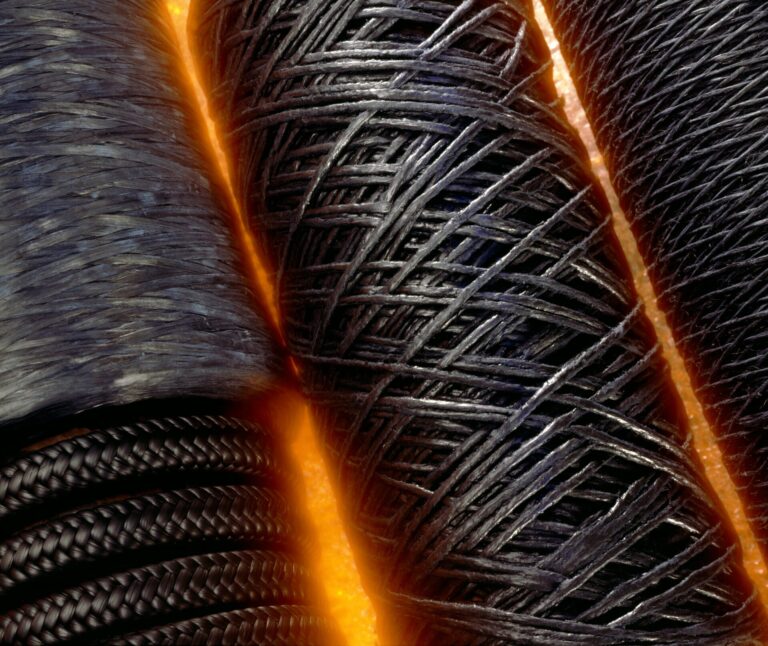
Chemical Engineering
Stronger, lighter, cheaper: a new route to carbon fiber production

Chemical Engineering
Unveiling the role of biomass-burning aerosols in atmospheric reactions

Chemical Engineering
Slashing industrial emissions using a hybrid model approach
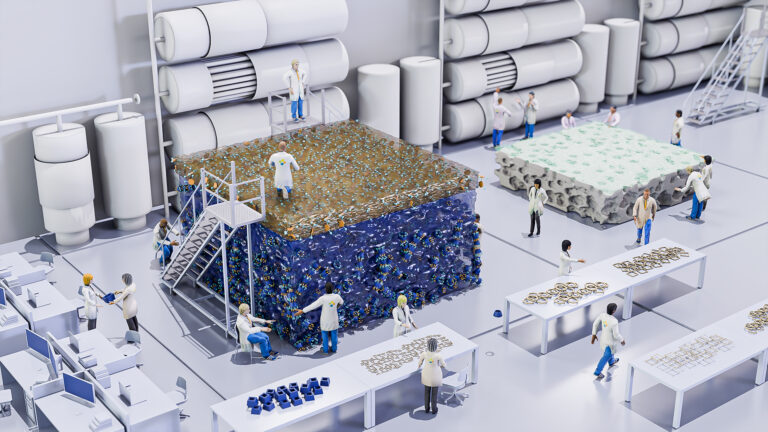
Chemical Engineering
Precision separations with perfect pores

Chemical Engineering
Net benefits for advanced materials design
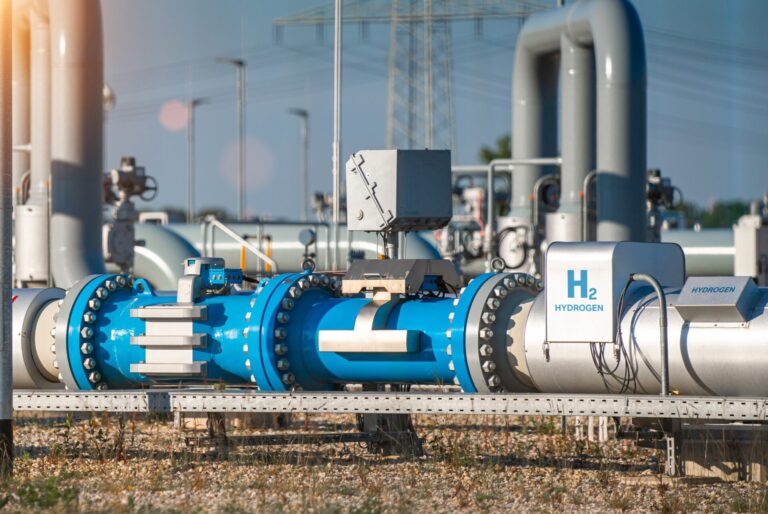
Chemical Engineering




